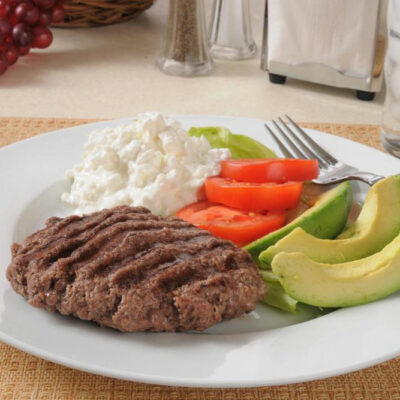All You Need to Know about Low FODMAP Diet Plans

Do you have digestive problems? Or do you know someone who is suffering from digestive problems? This is one of the most common problems faced by people in the country. If you or someone close to you is having digestive problems or unexplained abdominal pain, then a low FODMAP diet is the best solution. This is going to help in reducing the discomfort that you have in your stomach every day. Find below information on low FODMAP diet plans.
What is a low FODMAP diet?
A FODMAP eliminated diet or low FODMAP diet is a diet where the food compounds that belong to FODMAP will be extremely low or not consumed.
FODMAP stands for the following.
Fermentable – A food compound that can be easily broken in the large intestine with bacteria.
Oligosaccharides – This means less sugar.
Disaccharides – A kind of sugar that is formed with the help of two different sugars.
Monosaccharides – Simple or single sugar molecules.
And
Polyols – Means sugar alcohols.
So, in simple words, diet plans, low on FODMAP mean the kind of diet which places restriction over certain carbohydrates. These carbohydrates are the ones that do not get absorbed into the small intestine and hence can cause gas and other issues in the stomach.
What happens when a high FODMAP diet is taken?
When you are eating a high FODMAP diet, carbs present in the food do not get absorbed by the small intestine. These travel to the colon for fermentation by bacteria. This will, in turn, give rise to a number of problems like nausea, bloating, bowel changes, gas, headache, abdominal pain, indigestion, constipation, fatigue, diarrhea, acid reflux, and muscle pain as well.
How do the low-FODMAP diet plans work?
Basically, there are two phases in these diet plans.
Phase 1
In the first phase, which lasts for a duration of three to six weeks, you need to eliminate all the food that has high FODMAP. Food like dairy, gluten, garlic, soy, beans, onions and some kind of sweeteners, vegetables, and fruits as well.
After three to six weeks duration, you need to observe and identify the changes in your body. Check if the symptoms of digestive problems and other problems related to this are reduced significantly, or they are reducing but a few symptoms remain. It is not unlikely that you do not notice any change in the span of three to six weeks of the diet. Then all you need to do is, extend this period of phase 1 for another three to six weeks and observe the changes. Based on how the symptoms are changing, you can make the decision whether to continue with phase 1 for a few more days or to get started with phase 2.
Phase 2
Phase 2 of the low FODMAP diet plans involve reintroducing those FODMAP food compounds that had been eliminating for the weeks of phase 1. You will have to reintroduce them very slowly and just one group of food compounds at a time. For example, you can add diary food in the first week, then the next category and so on. Based on how the body reacts to each group of food, you can extend the time and take more than a week to introduce the next group of foods. You should start with the -O -D -M -A -P category food at the initial stage.
You may feel like eating all the food that you have been missing for so many weeks, but it is advisable and, in your interest, to take it slow. If you experience any of the old symptoms returning, then it is totally safe to get back to low FODMAP diet again for at least one week.
How long should one continue with the low FODMAP diet plans?
There is no particular duration for the diet plans involving low FODMAP. It totally depends on the individual as each body is going to react in a different way when you get started with the low or no FODMAP diet. It can be tough at the beginning to limit or abstain from certain foods of your choice, but this is definitely going to help you in leading a healthy and happy life.
Everybody takes changes readily, and hence it is good to get back to the high FODMAP diet and check if your body is able to accept that diet. Not everyone will have a problem with the high FODMAP diet. Always remember one important point that, whatever you are eating, whether you like it or not, you can still make it delicious in one way or the other as that will keep you healthy.








